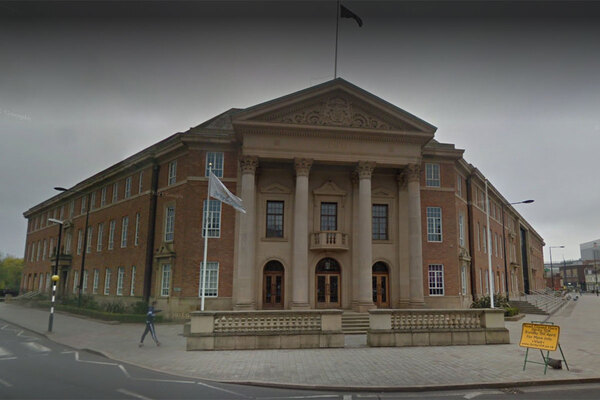Room to breathe
House builders are developing homes to ever stricter airtightness standards. But is the health of residents at risk from the effects of inadequate ventilation? Emily Rogers investigates
As the UK house building sector moves towards making all new homes ‘zero carbon’ by 2016, homes are becoming more and more airtight, deliberately sealed off from outside elements to reduce energy consumption. Following in the tiny carbon footprints of the low energy Passivhaus design developed by the German meisters of airtightness, super-insulated homes are becoming increasingly mainstream.
Environmental credentials
Airtight designs may be an effective way to reduce carbon emissions, but concern is mounting about their effect on the health of residents if the mantra ‘build tight, ventilate right’ is not properly observed. To date, these fears have been held at bay by the expectation that homes become less airtight as they settle into the ground. But worries about the quality of air in airtight homes and the possible health risks to residents look likely to be rekindled by the results of a recent study, Ageing and airtightness, by research body the National House Building Council Foundation. It found that natural air leakage over time cannot be relied on to ventilate airtight buildings.
Researchers studied the level of air leakage of 23 homes last year. When they were built between one and three years earlier, they all had air permeability measurements of less than four on a scale where zero is the most air tight and 10 is the maximum permitted under Building Regulations. Although 15 of them were found to have become more leaky, eight had actually become more airtight.
‘We were surprised by the fact that some became less leaky,’ says Neil Smith, NHBC’s research and innovation manager. ‘That did add to our general concern about this, because it means if there’s a problem of poor air quality, it’s not a problem that’s going to resolve itself.
‘What we expect to happen is that as we get towards 2016 and beyond, there will be a gradual transition away from natural ventilation. Rather than depending on ‘trickle’ ventilation [ventilation strips] in their windows, people will move towards mechanical ventilation systems.’
Mr Smith says this is significant because of problems associated with mechanical systems. ‘We’ve seen lots of international evidence of poor design, poor installation and poor commissioning, as well as a lack of maintenance. And once somebody moves into the home, there are issues about home occupier operation of these systems.’
This is not the first time the NHBC Foundation has voiced concern about the possible human cost of airtight homes. In a July 2009 report called Indoor air quality in highly energy efficient homes, it called for ‘urgent’ research into their potential effect on people’s health, highlighting a dearth of study into the issue. The report warned that a lack of adequate ventilation in these homes could result in a build-up of pollutants released by furnishings and building insulation materials, alongside humidity and condensation. The possible health effects of poor indoor air quality could include asthma, severe respiratory conditions or even cancer, it warned.
Social tenants
Mr Smith says social tenants are particularly at risk. First, they have less indoor air to go round, as their homes tend to be fully occupied. They also tend to spend more time at home and are more likely to try to save money by switching off ventilation systems.
Adrian Buffery, development director for 450-home Greenoak Housing Association in Surrey, sees a lack of long-term maintenance of ventilation equipment as one of the biggest risks to air quality, adding that landlords must be made to take responsibility for it. He says such enforcement would play a particularly important role for privately rented homes - some of which are let by absent owner-occupiers who may have little experience of managing properties.
‘If houses are being built to what are increasingly demanding standards, they’ll build in this equipment. Who’s going to look after and service and maintain it?’ asks Mr Buffery. ‘There are huge issues with public health here, which will not be any easier with the cutbacks.’
NHBC Foundation’s Mr Smith says his organisation has now embarked on its next piece of research: monitoring the air quality of 14 mechanically ventilated airtight homes over two successive winters. The study will be finished next year.
For now, it seems clear that for any improvement to the air quality in airtight homes house builders must address the complex interaction between design, mechanics and human behaviour.
How airtight are new homes?
Germany remains far ahead in the airtightness stakes. Passivhaus homes have an air permeability measurement of less than one - one-tenth of the 10 cubic metres of air per square metre of wall per hour limit at (50 pascals) allowed in UK building regulations. NHBC recommends use of mechanical ventilation below three. UK developers, keen to boost their green credentials, are routinely building more airtight than five. Around 45 per cent of new homes tested by the NHBC in 2009 had an air permeability measurement of less than five. ‘People in the social housing sector have got a lot better at dealing with airtightness,’ says Radian Group’s sustainability and innovation manager Paul Ciniglio. ‘In housing associations, we’re quite routinely building to around two or three.’






